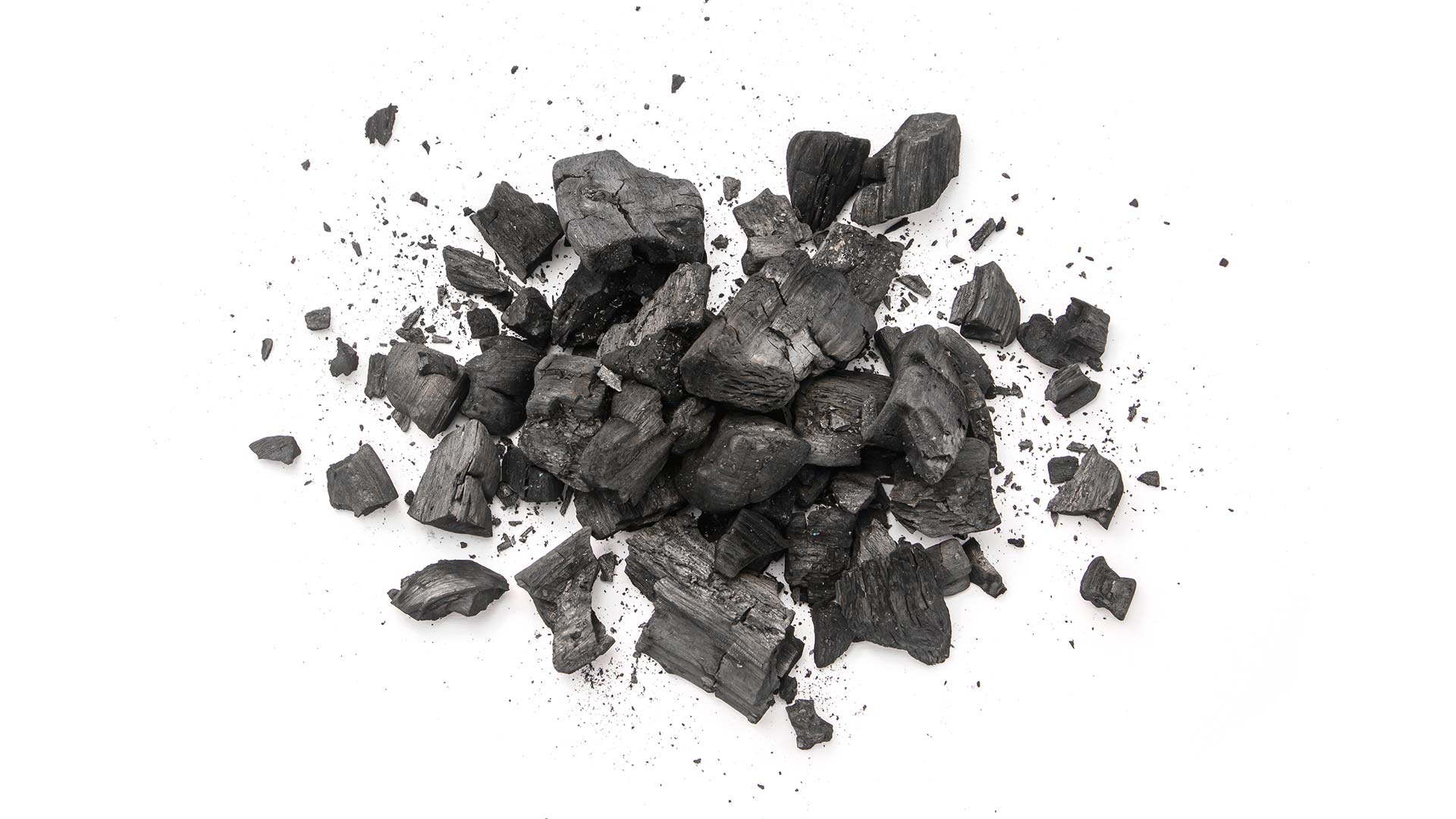Ten takeaways from COP26

Anne Adrain summarises the top takeaways from COP26 and shares her thoughts on its legacy.
Now that the global climate change conference is over, and world leaders and other A-listers have left Glasgow, just how good a COP was it? Here is ICAS’ summary of the top ten takeaways from the climate conference, and our reflections on whether we will look back on COP26 as the defining moment when committed action on climate change became a reality.
Top ten takeaways
1. The launch of the ISSB, a new sustainability standard setting body
The IFRS Foundation announced that it would be establishing a new International Sustainability Standards Board (ISSB) to develop globally adopted sustainability disclosure standards. The ISSB will incorporate the Value Reporting Foundation and the Climate Disclosure Standards Board (CDSB) within its structure. The new body will also have a multi-location structure to ensure that the differing needs of the various regions are reflected as the standards are developed.
2. Financial sector commitment
The Glasgow Financial Alliance for Net Zero (GFANZ) committed over $130trn of private capital to transforming the economy for net zero. It is expected that these commitments, from over 450 firms across 45 countries, can deliver the estimated $100trn of finance needed for net zero over the next three decades. GFANZ is a global coalition of leading financial institutions in the UN’s Race to Zero and is committed to accelerating and mainstreaming the decarbonisation of the world economy and reaching net zero emissions by 2050.
3. Net Zero-aligned Financial Centre
The Chancellor of the Exchequer, Rishi Sunak, announced plans for the UK to become the world’s first Net Zero-aligned Financial Centre. Under these plans, all UK-based asset managers, regulated asset owners and listed companies will be required to publish a net zero transition plan or explain why they have not done so. These plans will be overseen by a Transition Plan Taskforce to ensure consistent and high-quality reporting as part of efforts to eliminate greenwashing.
4. Coal to be phased down
This was the headline announcement in the closing stages of the conference and the one that proved to be the toughest to negotiate. Coal is responsible for about 40% of annual CO2 emissions, making it central to the efforts to keep within the 1.5C target. The ambition had been to make a pledge to phase out coal but a late objection from China and India caused this to be downgraded to phase down. It is worth noting, however, that this is the first time that coal has been explicitly mentioned in UN documents of this type, so some see its inclusion as an indication of progress and a symbol of hope.
5. Methane emissions to be cut
The recent Intergovernmental Panel on Climate Change (IPCC) report warned that methane gas emissions were a significant contributory factor to global warming. The Global Methane Pledge, to which more than 100 countries have committed, aims to limit methane emissions by 30% compared with 2020 levels. The immediate focus for the reduction will be the fossil fuel industry.
6. Commitment to end deforestation
This was the first of the big announcements from COP26 with over 100 world leaders committing £14bn ($19.2bn) of funding to end and reverse deforestation by 2030. Brazil, home to the Amazon rainforest, was one of the signatories to the deal. Other signatories, including Canada, the US, the UK, Russia,China and Indonesia, means that the deal covers 85% of the world’s forests. Governments of 28 countries also committed to remove deforestation from the global food chain in products that contain items such as palm oil, soya and cocoa.
7. Funding to tackle gender inequality
It was announced that £165m will be made available to tackle climate change while simultaneously addressing the inequalities that make women and girls more vulnerable to climate change and empowering them to take climate action. The UN has found that, globally, women are more vulnerable to the effects of climate change than men, in part because they constitute a large majority of the world’s poor and often depend on small-scale farming for their livelihood, which is particularly vulnerable to climate change. Women and children can comprise 80% of those displaced by climate-related disaster.
8. Transportation
An agreement was reached by 30 countries to work together to make zero emission vehicles the new normal by making them accessible, affordable and sustainable in all regions by 2030 at the latest. Nineteen governments also stated their intent to support the establishment of ‘green shipping corridors’ – zero-emission shipping routes between two ports. The UK has pledged to shift to clean trucks by committing to end the sale of most new diesel trucks between 2035 and 2040.
9. Updated Fashion Charter on climate
In 2018, several well-known fashion brands signed up to the UN’s Fashion Charter on climate to cut emissions by 30% by 2030 and reach carbon neutrality by 2050. This charter was updated during COP26 to cut emissions by 50% by 2030 and to achieve net zero by 2050. As of now,130 brands have signed up to this charter including Primark, Zara, H&M Group, Nike, Adidas, Levi Strauss, Kering, Chanel and Burberry. Other new requirements include procuring 100% renewable electricity and delivering coal-free supply chains by 2030.
10. Funding for cities
A new scheme, the Urban Climate Action Programme (UCAP), is being backed by an initial £27.5m allocation from the UK Government to help cities transition to net zero through the implementation of innovative climate action plans. The cities that will benefit from the initial funding include Lagos, Johannesburg, Jakarta, Kuala Lumpur, Lima, Bogota and Mexico City. UCAP will help cities to implement projects like low-emission public transport systems, renewable energy generation, sustainable waste management, new climate-smart buildings codes and climate risk planning.
Reflection on the legacy of COP26
The build up to COP26 was unlike any of its predecessors. The fact that it took place at all, having been postponed from 2020, is an achievement in and of itself. Even before the first of the delegates touched down on UK soil from their carbon intensive flights and into their diesel, or petrol, powered vehicles, the critics, in the face of such perceived hypocrisy, including the iconic Greta Thunberg, were already expressing their low expectations of what might emerge during the 12-day summit.
The widely publicised absence of China and Russia from the discussions was also a major setback for the negotiators.
Some of the announcements and commitments made during COP26, however, must surely provide us all with a degree of hope and optimism about a renewed will, and resolve, to tackle the climate crisis. Admittedly, some of these did not go as far as many might have wanted, but we are further ahead than we were this time last month, or last year, so it has to be acknowledged that we have made progress.
What is important though, is what happens next. How will all these commitments be enforced and monitored (there are already reports of backtracking by some)? What sanctions, if any, will be imposed upon those who do not deliver on their commitments? If we want to prove the critics wrong, and we know they will be watching closely, then these commitments must be translated into demonstrable actions. There needs to be a sense of accountability to the whole of society for their achievement, which means that greater transparency will be needed too. Otherwise, we run the risk of proving the critics right and the commitments from COP26 become just more ‘hot air’, ‘greenwashing’ and ‘empty promises’. But worse still, humanity will ultimately pay the price for our failure to act when we had the chance.
This article was first published by ICAS and is available online at the following URL: https://www.icas.com/landing/sustainability/cop26/ten-takeaways-from-cop26












